Gabi Scardi: Is Istanbul situation affecting your work for the Biennial? If yes, in what sense? What is your position?
Fulya Erdemci: Actually, the conceptual framework of the 13th Istanbul biennial articulates three axis: a theoretical one based on the notion of public domain as a probable political public forum, and a practical axis that takes the urban public spaces and the violent urban transformation as the praxis sites. As you know, the title of the biennial “Mom, am I barbarian?” is a quotation from a Turkish poet Lale Muldur that forms the artistic axis of the exhibition in terms of the unknown or yet to be invented languages as well as art’s and social movements’ relation with poetry. Certainly, before Gezi, we have planned to realize many projects that intervene with the urban public spaces of Istanbul including Gezi Park and Taksim square as well.
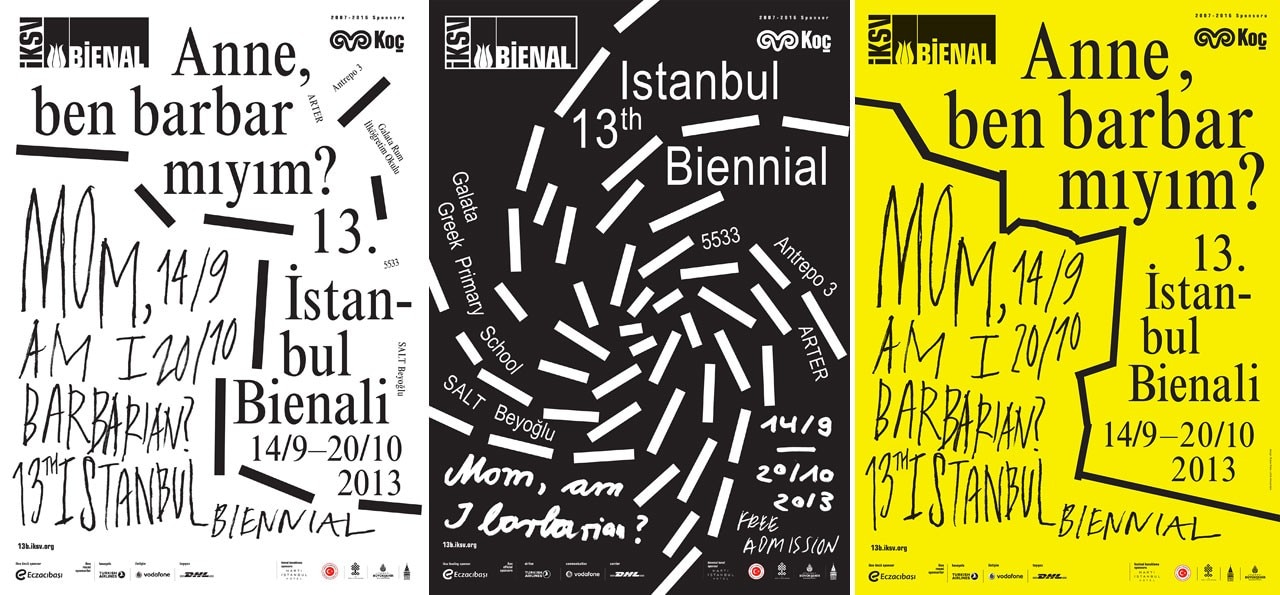
What is happening in Istanbul right now is larger than life and certainly, it is not comparable to any exhibition or art event. We are all very surprised, exalted and full of hope again. The so-called public sphere, which was merely a question of probability before, has been split open with such a creative energy that the streets have begun to talk, sing, dance, walk and interact. The questions posed in the conceptual framework of the İstanbul Biennial—which is directly related to public domain as a political forum and urban spaces as the spatial component of the democratic apparatus—have alchemically unfolded and entered into the domain of experience. This has changed, transformed us all. It has opened up new horizons we could never have anticipated.
During and just after the Gezi occupation (it was halted violently on the 15th and 16th of June), we didn’t have much time to think and work on the biennial. As everything is very recent and still in the process, it is not easy to respond to the situation through an exhibition in biennial-scale. However, the conceptual framework of the biennial has already articulated these issues, and the art works and projects were selected in accordance with such considerations and criteria. I believe that the biennial exhibition can open up a space for thinking around the transformative experience that we have been going through.
Afterwards, the biennial has been on the verge of radical changes: we have been considering withdrawing from the public domain totally and giving the stage to what has happened and is still happening in the parks, streets and neighborhoods without capitalizing or framing them. After all, we seriously questioned what it meant to collaborate with the authorities to realize art projects on the streets with their permission while the same authorities have been trying to suppress the resistance violently, even the most innocent performances, actions and happenings such as Man Standing or the collective Ramadan dinners (Earth Tables) on the streets. After having made meetings and forums to ask the opinion of the artists, curators, critics and activists, we have reached a final decision of withdrawing from the urban public spaces.
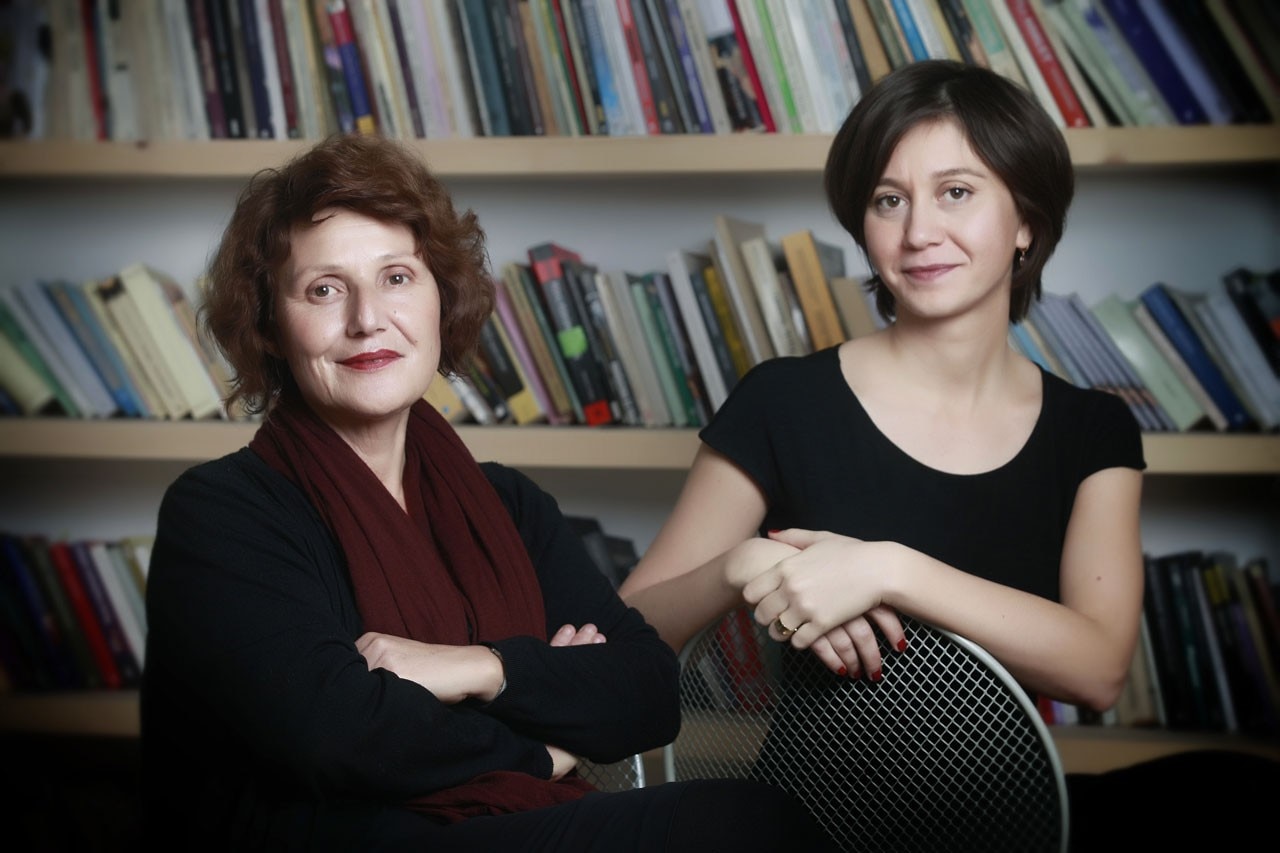
Gabi Scardi: From the curatorial perspective, this must be a very challenging situation. What is your position, as a curator between an institution, the artists and the public?
Fulya Erdemci: As an established art institution with an independent international advisory board structure, Istanbul Biennial is able to create a free zone for curatorial practices and concepts. And that is how I was able to bring out my critical reflections in the biennial concept and selection of artistic practices. As I mentioned in the conceptual framework of the biennial, we see that while artistic practices that claim public domain become more prevalent, simultaneously under the spell of privatization, art institutions have become dependent on private funding and commercial support. Our research for the Biennial extends to an investigation of the relation of art and Capital, furthermore, how the “booming” art world, specifically its market, functions in Istanbul and elsewhere, and what traces of this impact we might find. And certainly, unorthodox artistic methods and practices including performances dealing with the issues related to public domain (as a political public forum) constitutes one of the major aspects of my curatorial agenda.
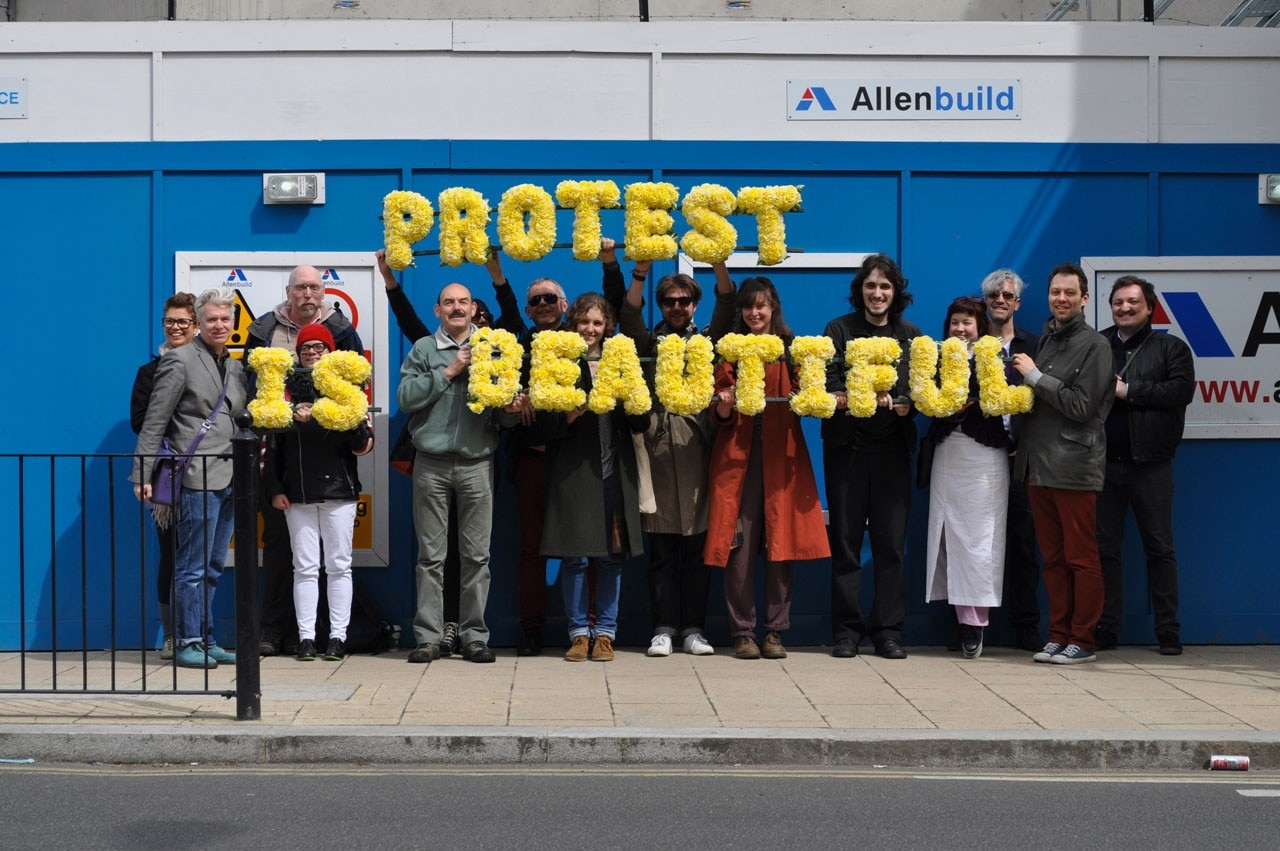
Gabi Scardi: What about the position of the artists involved in the Biennial?
Fulya Erdemci: For artists, the negotiation with the institutions and the sponsorship systems is a part of their exhibition making practices. I invited artists, who even extend this practice into their artistic productions. Hence, they will share their critical assesments on such risky grounds without giving up their political positions.
Gabi Scardi: Is the high level of energy, tension and conflictuality of the context affecting their projects a lot ? are they activating a dialogue with Turkish context and events? are there new works generated by this situation? Could you make some examples?
Fulya Erdemci: The high level of energy, tension and conflictuality has been in the air for such a long time, much before the Gezi resistance broke out. For that reason, the selection of the works and the development of the new projects were realized in such a context. However, certain projects we need to rethink and now we are in the process of revising them. Actually, I didn’t want to ask artists to comment on Gezi directly as it is too early to digest or react, and thus, might lead to premature births. And yet, some artists have already hinted or foreseen such questions in their works and wanted to extend their ideas to connect with these new political questions raised by Gezi resistance, with whom I am in dialogue right now.
Furthermore, as I mentioned briefly above, “barbarian” refers to languages, especially the ones that we don’t know or yet to invent to call a new world that has just been appearing in the horizon. We all feel that the existing theories and formulas fall short to define new ways/models of living together and governance, but art can open up that possibility for the collective imagination. Therefore, art works in the biennial exhibition that are calling or intending to create novel unorthodox languages (or learn the unknowns ones) can help to understand the new collective culture and languages of the Resistance that have been appearing like a nebula.
Furthermore, I believe that the biennial exhibition can function, not as a tool for an immediate change, but as a process of thinking, besides all, as a possible way of constructing new subjectivities symbolized by the "barbarian".
.jpg.foto.rmedium.jpg)
Gabi Scardi: I guess that the response and awareness towards the situation are different for Turkish and non turkish artists. If so, in what terms?
Fulya Erdemci: Some of the artists from Turkey directly has gone through the transformative experience of Gezi occupation. Certainly, this creates a major difference in the psyche of the works.
Gabi Scardi: How, on which basis, and with which kind of instruments can we analyse the impact, result and value of an artwork in relation with such a situation?
Fulya Erdemci: The certain art works (including poetry or other forms of literature or film, etc) have the capacity to create such a transformative experience opening up the possibility of utopic moments in our daily routines. So, I believe that such art projects may have paved the road in the formation of collective imagination and action that we have been experiencing through Gezi resistance. However, I don’t think that we can compare art projects’ impact with activism. Though they may have the same aim of changing the society in the face of urgency or learn from each other, they cannot be evaluated with the same criteria or the form of impact
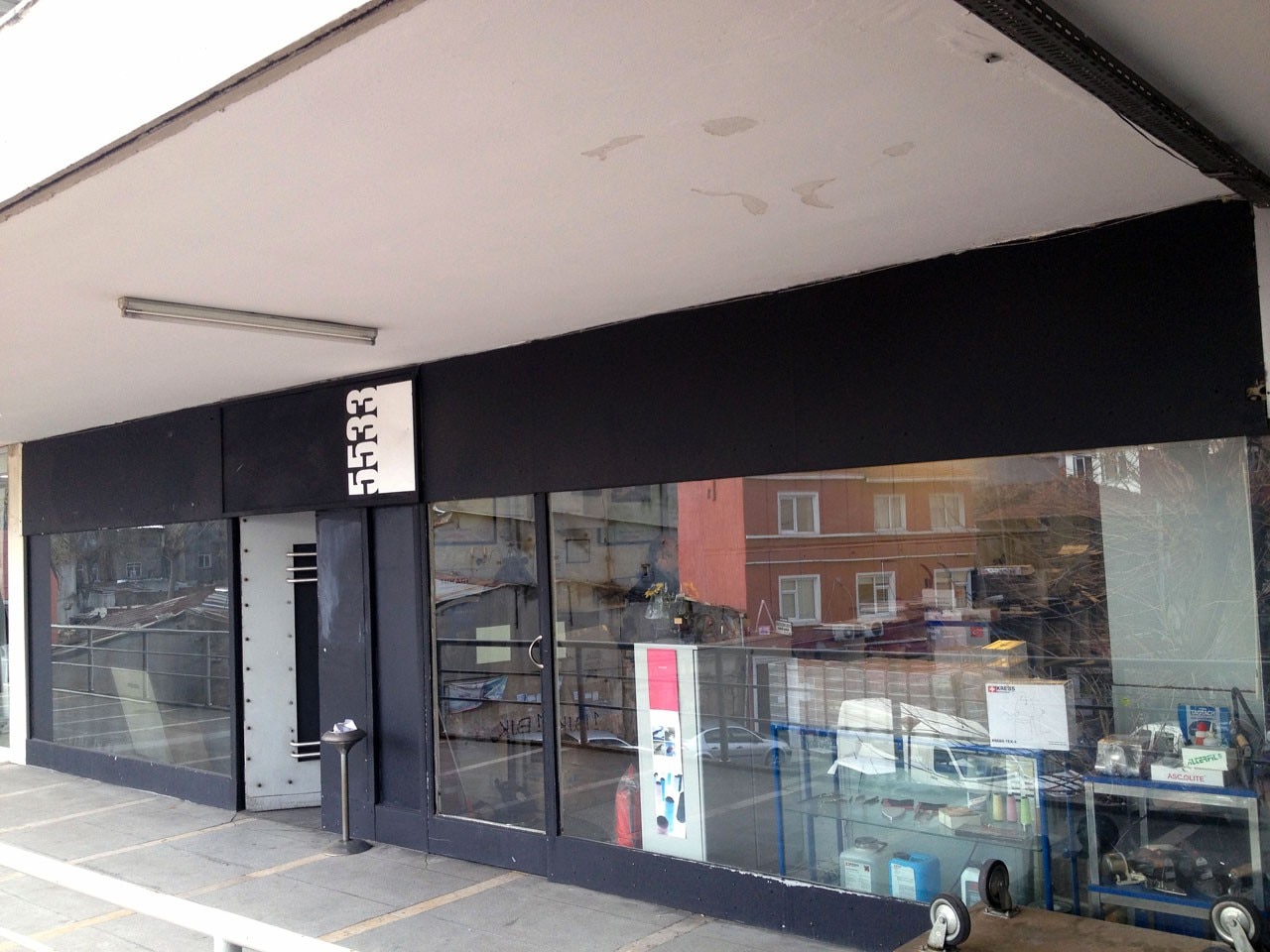
Gabi Scardi: I know you are interested in “public” works for “public” spaces, in unauthorised public interventions. How does the current situation of tension influence or condition the possibility to put this kind of interventions in place?
Fulya Erdemci: Our initial approach to this situation had two folds: First, the biennial focuses on the debated places and neighbourhoods under transformation to be able to create political public forum beyond the already existing polarized positions and roles to open up the possibility of co-producing the city with its citizens. Secondly, the biennial takes certain grass-root organizations on board, in terms of aiding artistic research and collaborations in order to highlight and bring out the engagement and relations of these resistance platforms with the dislocated communities and neighbourhoods.
As mentioned previously, we decided to withdraw from the urban public spaces very recently. However, when I was structuring the exhibition before Gezi, I have never intended to commission or include the immediate/spontaneous activist/protest art that was supposed to happen in the streets directly in the biennial exhibition, as I believe that they shouldn’t be domesticated or tamed in the institutional frames at which they are reacting. However, I was thinking that it was possible to highlight them if they were there already.
Gabi Scardi: Democracy, livability, social sustainability, publicness, the space of the city; all these concepts are urgent to be discussed. and I guess that this Biennial happening in this very situation is a good place to do it.
Fulya Erdemci: Actually, the concept of the Biennale is directly linked to it. In the conceptual framework, through Chantal Mouffe, I asked how art can open up the conflict to create an agonistic space without reaching a consensus (under which the weakest voices are repressed) to be able to discuss the urgent issues related to the rights and citizenship, to be able to open the ways for collective imagination. Actually, the creative, collective, anonymous and self-organized living and action capacity came out from the Gezi occupation taught (and still teaching) us how diverse, even clashing World views and practices can live together and act together. This was/is one of the main questions that we have asked in the “Public Alchemy” through Bruno Latour’s quotation: “And yet, we are all in the same boat, or at least same flotilla. To use Neurath’s metaphor, the question is how to rebuild it while we are cruising on it. Or rather, how can we make it navigate when it is made of a fleet of diverging but already intertwined barges? In other words, can we overcome the multiplicity of ways of assembling and dissembling, and yet raise the question of the one common world?” [1].
The works and projects in the exhibition in diverse languages and forms articulate and reflect on such complicated layers. Besides, the term ‘barbarian’ in the conceptual framework of the biennial refers to strikingly to the rights of citizenship. It refers to “the antonym of ‘politis’, the ‘citizen’, coming from the polis, the Greek city-state. It is a term that relates inversely to the city and the rights of those within it. We asked what it means to be a good citizen today, in Istanbul for example. In the midst of the ongoing urban transformations – the “battleground” – does it mean to conform to the existing status quo or take part in the acts of civil disobedience? One level of the exhibition is dealing with the concept of barbarian as outcasts, bandits, anarchists or revolutionaries. It also implies to imagine another social contract in which citizens assume responsibility for each other, even for the weakest ones, those most excluded. In this specific focus, what is happening in Istanbul, Ankara, Antakya, Izmir and other cities is related directly to civil disobedience to assume responsibility for the fellow citizens, even the most excluded ones. In this sense, the whole resistance is about a new social contract that the works in the biennial are opening up to discussion.
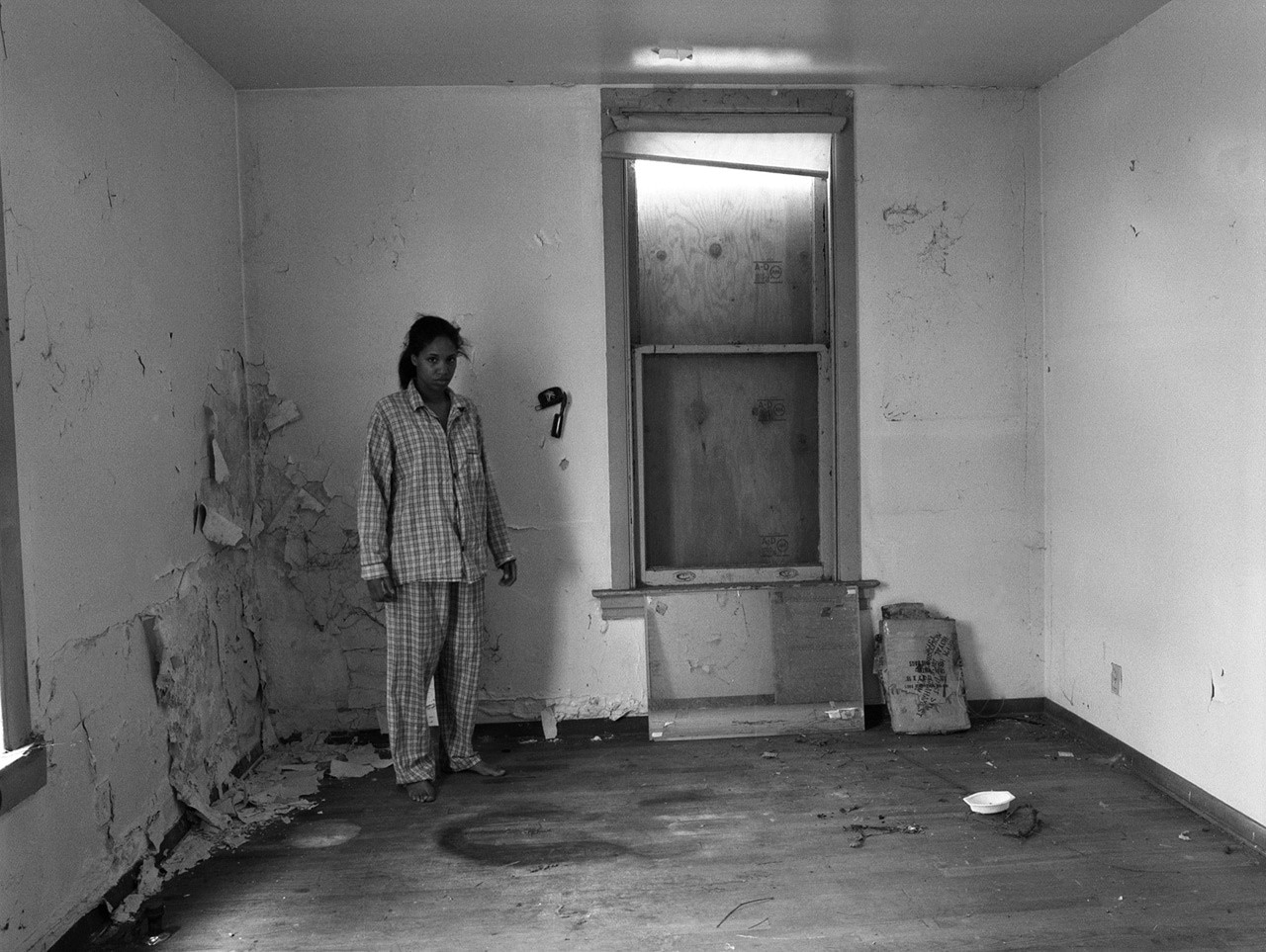
Gabi Scardi: But how do you conciliate them with the art system logics and reasons that are, in one degree or another, unavoidable when we speak about Biennials?
Fulya Erdemci: I took biennial machine as an apparatus that you can use for different reasons. In my case, I used it as a critical machine questioning and unfolding such systems from within. Besides, reversing what is happening in the urban public spaces (privatization and commercialization of what previously belonged to public), we try to create public spaces inside the (mostly) private ones. As a part of this understanding, we worked a lot but finally achieved to make the biennial free of charge for this edition so that anyone can experience art without any financial barriers.
Gabi Scardi: In conclusion, do you think you could say which is the role of art in relation to the contemporary society and to its, sometimes violent, transformations?
Fulya Erdemci: As I mentioned shortly, I believe that art can open up a space for a transformative experience thus has the capacity to foster the construction of new subjectivities. I think that art can create a reflective experience to be able to halt and think that we desperately need now in the process of such turmoil (under the increasing state violence, detentions and arrests) or other powerful transformations that we are going through.

